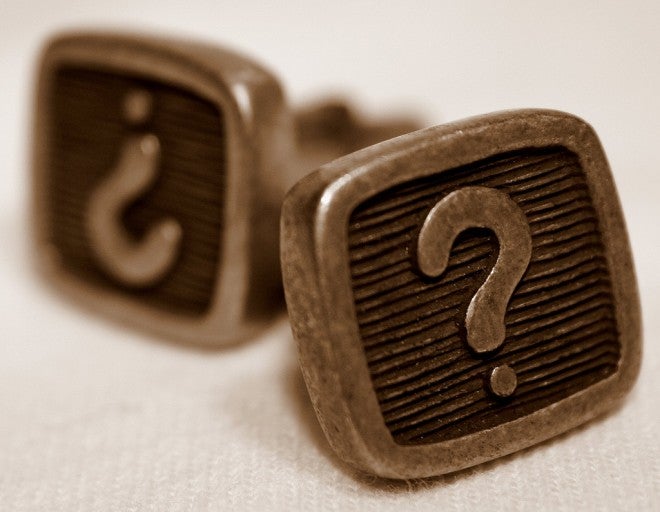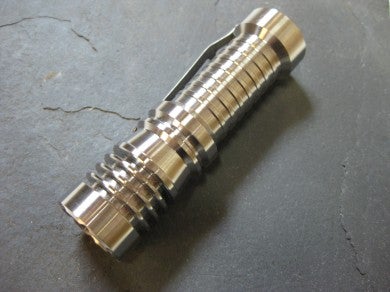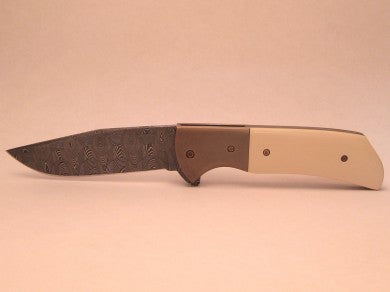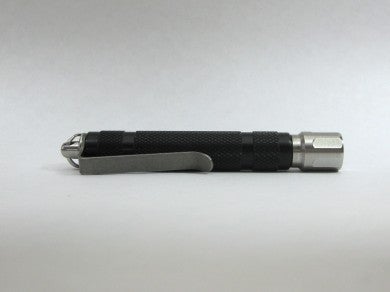Frequently Asked and Answered Questions, Part II
Tony Sculimbrene 08.21.13

This is Part II in a series of frequently asked questions (here’s Part I) that I have received over the past two years of running a gear review site. I am posting them because they may be answering questions you might have, but don’t feel like writing in for an answer (though please do, I am always happy to answer specific questions at everydaycommentary at gmail dot com, in the usual format).
“How do you sharpen your knives?”
Nothing is as mystifying as sharpening knives. Some people get great results with simple tools, like a stone, and others cannot get even passable results with complex set ups like the the consistent angle sharpeners like the Apex Edge Pro or the Wicked Edge. Sometimes grinding for hours makes an edge worse and not better.
The problem with sharpening is twofold: 1) there is no standard measurement for sharp; 2) different tasks need different levels of sharpness. When you toss in the different steels, edge angles, and methods, it is no wonder that sharpening is a constant source of frustration.
Let’s clear away the brush and start over.
To a certain degree, a lot of sharpening is unnecessary. You need to make sure your knives are as sharp as a given task requires. You can put a hair whittling edge on your chopper, but it won’t be worth your time, and you can put a utility edge on your EDC knife, but it will just lead to aggravation or worse. So first, figure out what you are going to do and how sharp you need your knife to be. Obviously the sharper the better, but there is clearly a point of diminishing returns based on the task at hand. Mirror polished edges are nice, but on a machete they are more vanity than anything else.
Second, whatever you do, consistency is the name of the game. Use the same angle, the same motion, and the same system over and over again until you get the hang of it. Switching from the Lansky System to the Sharpmaker and back again because you were unsatisfied with the initial results will do nothing but delay your progress. Once you have a system (and I’d recommend the Sharpmaker — it is well-designed, relatively inexpensive, and easy to use), stick with it.
Third, set aside some time and learn about the steels before you sharpen them. M4, M390, and ZDP-189 can all take very small angles but take a much longer time to sharpen thanks to their incredibly high hardness. Conversely, the 1.4116 steel on SAKs is amazingly soft and can sharpen quickly. Before you sit down and start grinding, figure out what you should expect. That way when you are on hour two of sharpening your Spyderco Gayle Bradley Air you’re not surprised.
Fourth, and finally, get a strop. It can be an old belt with stropping compound, but get one. It will save you a ton of hassle by keeping your edges as sharp as they can be before they need a full resharpening.
“Is the X worth it?”
Usually this is a question about a high priced, well known piece of gear like the Sebenza or a McGizmo light.
The answer is always the same: “Saying something is ‘worth it’ is hard to do because it depends on your income and how much you value gear.” If you are starving and need to buy food, then even the modestly priced Drifter is not worth it. If you are poor, but not destitute college student, the Drifter is fine and definitely worth it. If you have some change to throw around, then things become a little different.
I have been very lucky because my website has allowed me to handle some pretty amazing custom or high end production gear. The Sebenza is great, the custom lights I have reviewed are amazing, and the Strider PT CC is sublime, but whether they are worth it is a matter of personal opinion. I have a custom knife from a maker of fine art knives and more practical blades named Chuck Gedraitis.
It was expensive, but not as expensive as some customs. But having handled a few kilobuck knives I can tell you that the fit and finish on my Small Pathfinder is definitely on par with those knives. As some point you are paying for exotic embellishments like jeweled thumbstuds. After that you are paying for rarity and name. If you are a collector, that’s worth it. If you use your knives then it’s not.
I mentioned this before, but it bears repeating because it is a great rule of thumb: the rational limit on purchasing is when a 10% increase in performance requires a 100% increase in cost. I have never found something to be worth it if it violates the 10%/100% rule.
“CR123a or AA light?”
Two years ago, when I started reviewing gear, there was a huge difference between the performance you got from a 1xCR123a light and a 1xAA or 1xAAA light. Additionally the max performance out of the AA and AAA batteries was unacceptable, especially in the single cell format. But there are few things changing as fast as flashlight technology, and 24 months later, the difference between the two is negligible and the max performance of the AA and AAA lights is significantly better.
This means that over time my answer to this question has changed. Lights like the Zebralight SC52 and the Peak Eiger have changed the performance equation enough that the difference is small and the peak performance is more than acceptable.
Now the traditional disadvantages of the CR123a cell eat away too much of the performance advantage. Before it was something like 100% better performance with 50% more cost/less availability. Now it is something like 25-50% better performance with 50% more cost/less availability. CR123a lights are a break even proposition when compared to AA or AAA lights, and that is being overly generous the the CR123a cell lights.
It is now something close to a preference, and I prefer the availability of the more common batteries. I can get lithium performance out of my Eiger thanks to a rechargeable cell, and when that dies I can, in an emergency, run it on an alkaline battery. The rechargeable AAA costs about as much as a CR123a, maybe 50 cents more, but the flexibility the Eiger allows is really stunning. The SC52 is even more intriguing in terms of batteries. Tweaking by Zebralight allows it to achieve its peak performance on an alkaline AA. Its high is basically the same as the high on a single cell CR123a light running primaries (rechargeable CR123as can still crush alkaline performance).
The answer is now: buy what you want, and if you are selecting a light based on the battery, opt for alkalines.
Hope this helps, though never hesitate to send me an email question (everydaycommentary at gmail dot com in the usual format). I don’t know the most of folks out there (see: SelfBuilt), but I can write and research fairly well.


